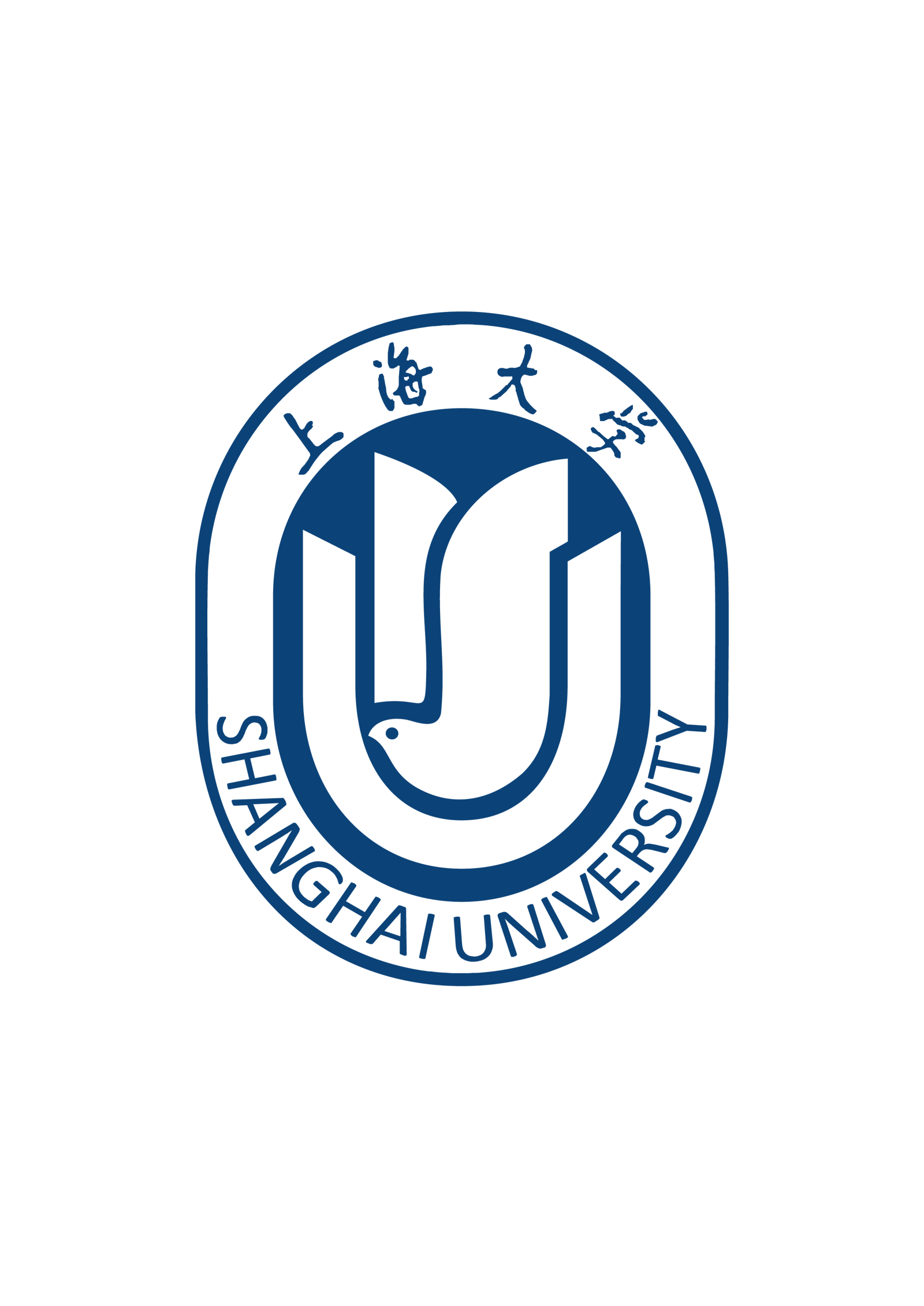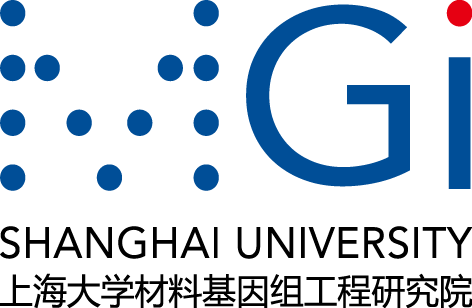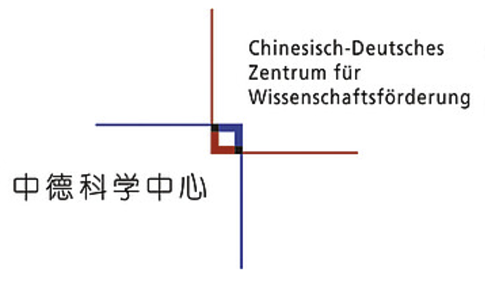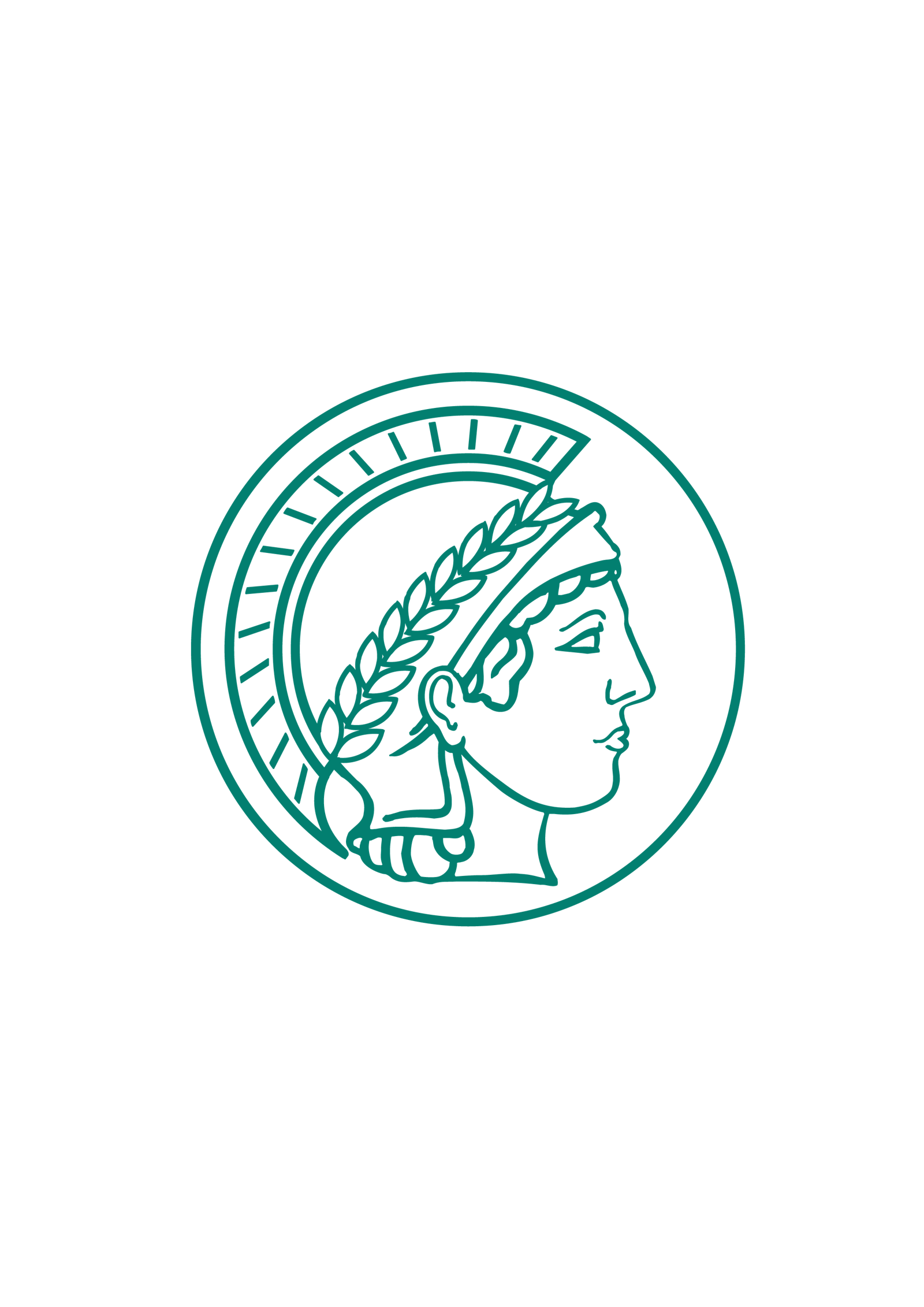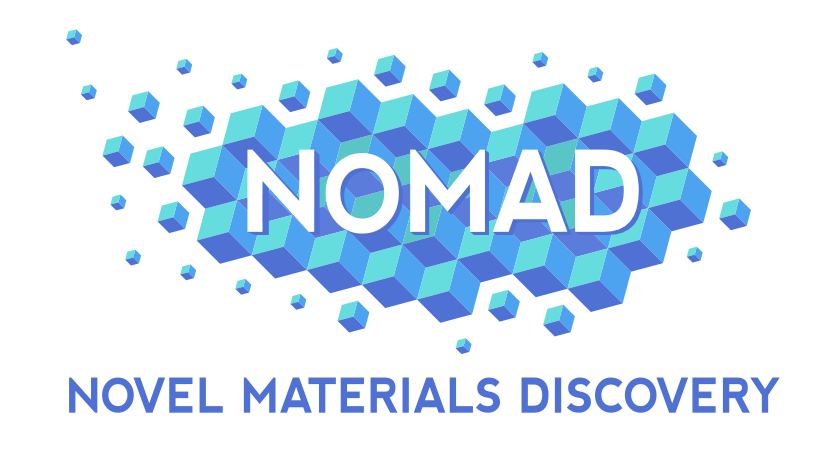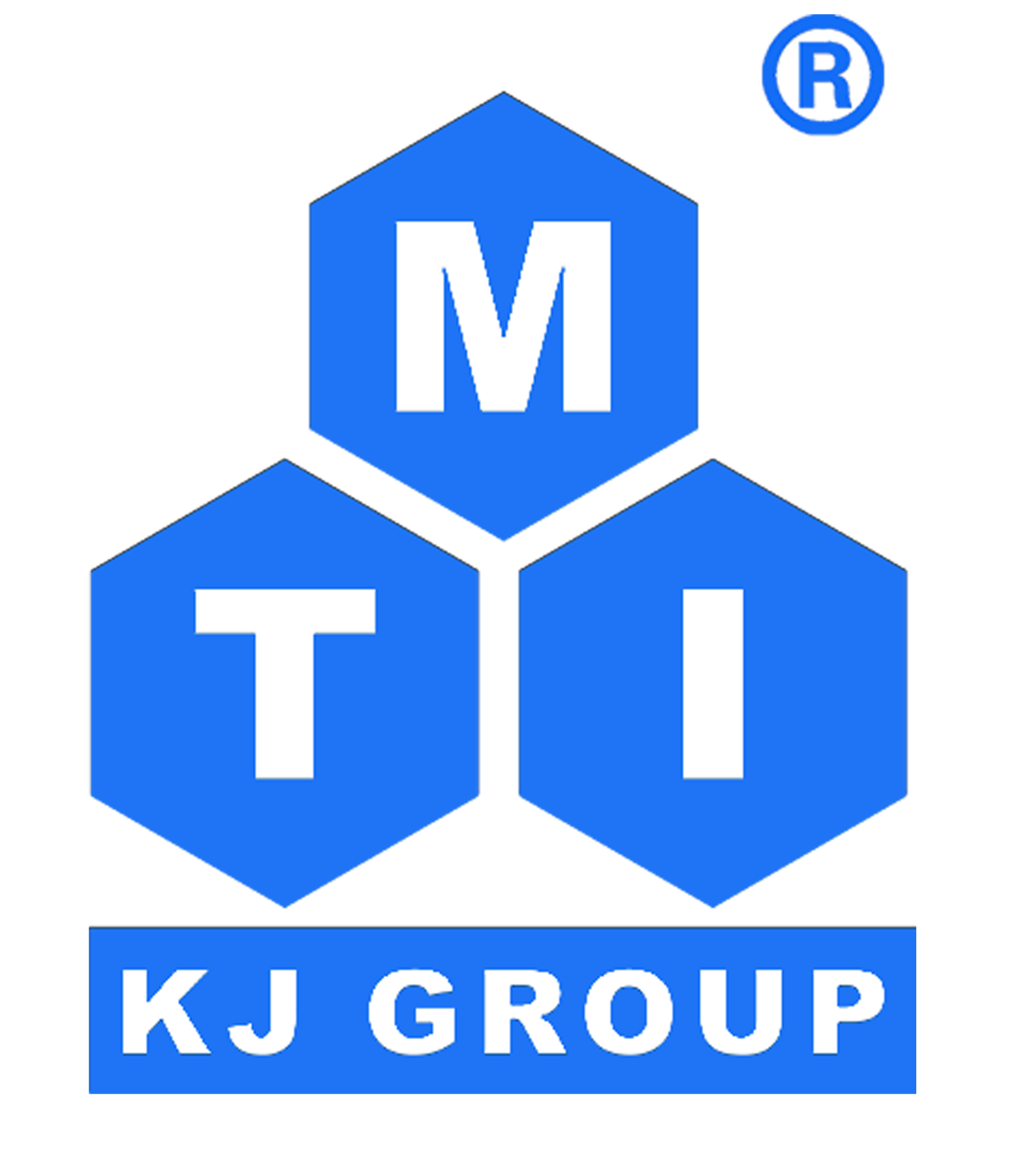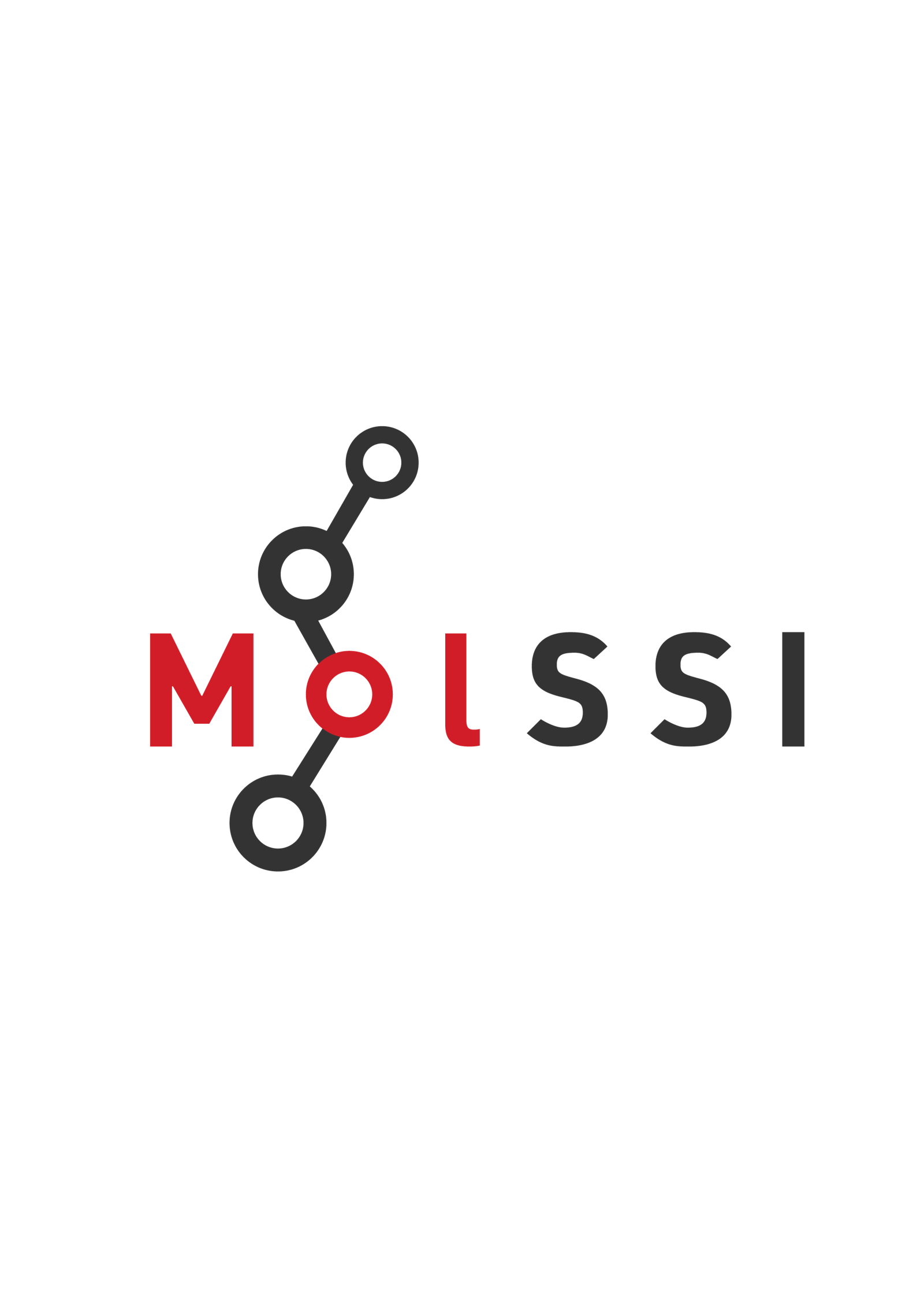Taylor D. Sparks1*, Andrew Falkowski1, Stanley Wessman1, and Sterling G. Baird2
1Department of Materials Science & Engineering, University of Utah, Salt Lake City, USA
2Acceleration Consortium, University of Toronto, Toronto, Canada
*Corresponding Author: sparks@eng.utah.edu
Crystal structure prediction has long fascinated scientists. There has been intense investigation over the last century ranging from simplistic rules to data-driven predictions and, most recently, generative artificial intelligence tools developed by academics and now deployed at scale by private companies like DeepMind. However, an unresolved question in this field relates to quantifying uniqueness of the output structures. For example, is a supposedly “new” structure really just a very slight distortion of an existing known structure or is it substantially different and how can we measure this difference?
In this talk, I will attempt to answer this question and describe a tool my group has developed, DiSCoVeR 2.0, to quantify structural uniqueness. The original DiSCoVeR algorithm was built to quantify chemical uniqueness and use it in materials informatics work flows as a new axis for optimization. Here, we extend the approach using GridRDF as a distance metric for structural uniqueness and demonstrate how this tool works. We test this approach on a wide variety of structures including some that belong to families where we would expect a high similarity score and others with completely different motifs, coordination etc where we would expect a low similarity score. We also test the performance by using AFLOW structure encyclopedia entries to quantify overlap based on formula templates and symmetry operators.
Keywords: Machine Learning, Crystal Structure Prediction, Generative Models, Predictive Modeling, Materials Science
References
1. Baird, Sterling G., Tran Q. Diep, and Taylor D. Sparks. "DiSCoVeR: a materials discovery screening tool for high performance, unique chemical compositions." Digital Discovery 1.3 (2022): 226-240.
Dr. Runhai Ouyang (DCTMD2024@163.com)
